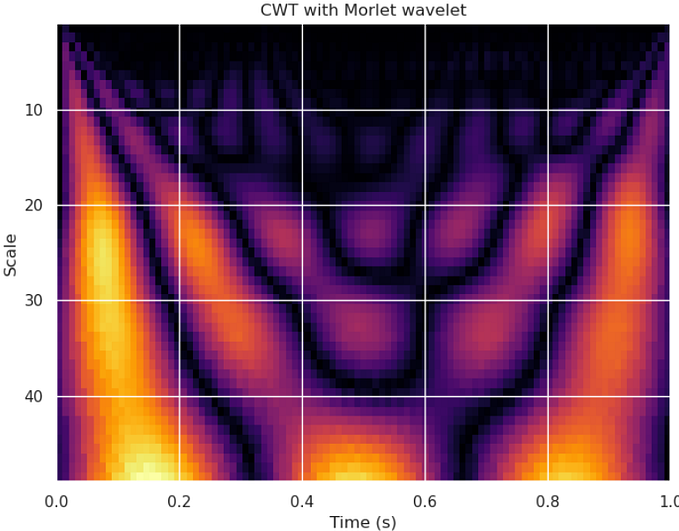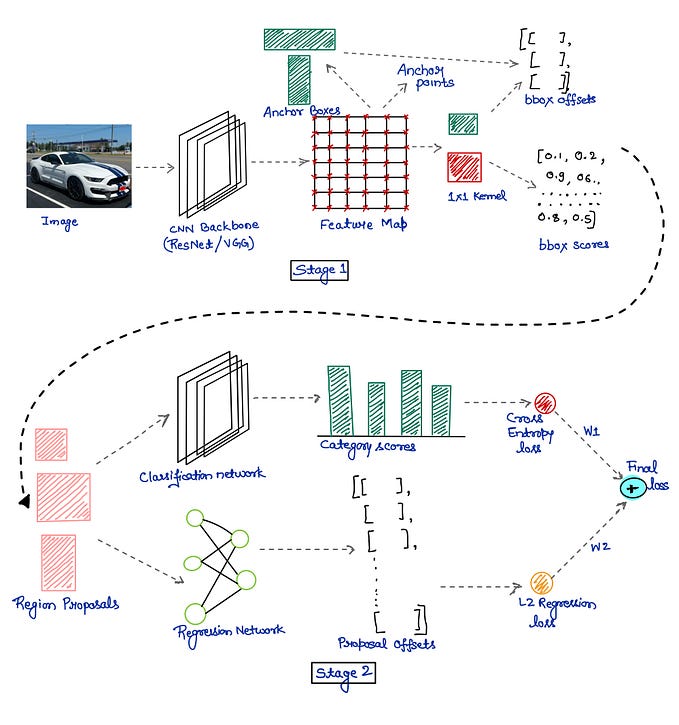Data segmentation in computer vision
Data segmentation in computer vision refers to the process of dividing an image or video dataset into smaller, more manageable subsets based on certain criteria. This is done to facilitate the analysis and processing of the data and is an important step in many computer vision tasks, such as object recognition, image segmentation, and video analysis.
Data segmentation in computer vision can be done in various ways, depending on the specific task and the nature of the dataset. Some common techniques include:
- Thresholding: dividing an image into regions based on pixel intensity values.
- Edge detection: dividing an image into regions based on the edges or boundaries between different objects.
- Clustering: grouping similar pixels or regions together based on certain features, such as color or texture.
- Semantic segmentation: dividing an image into regions that correspond to different objects or classes, such as cars, buildings, or pedestrians.
Data segmentation in computer vision is an important pre-processing step that can improve the accuracy and efficiency of subsequent tasks, such as object recognition or tracking. By dividing the data into smaller, more meaningful subsets, allows for a more targeted and effective analysis of the images or videos.
Applications
In computer vision, data segmentation can be used for a variety of tasks, such as:
- Object detection: In order to detect objects within an image or video stream, the image needs to be segmented into regions that contain objects of interest. This can be done using techniques like edge detection or semantic segmentation.
- Image segmentation: Image segmentation involves dividing an image into regions based on certain criteria, such as color or texture. This can be useful for tasks such as image enhancement, object recognition, or image compression.
- Video analysis: Data segmentation can also be used in video analysis to separate the different components of a video stream, such as foreground and background, or to track the movement of objects over time.
- Medical imaging: In medical imaging, data segmentation can be used to identify specific structures within the body, such as tumors or blood vessels, in order to assist with diagnosis or treatment planning.
Example
An example of image segmentation using Python and the OpenCV library:
import cv2
import numpy as np
# Load image
img = cv2.imread('example.jpg')
# Convert image to grayscale
gray = cv2.cvtColor(img, cv2.COLOR_BGR2GRAY)
# Threshold image
thresh = cv2.threshold(gray, 0, 255, cv2.THRESH_BINARY_INV+cv2.THRESH_OTSU)[1]
# Perform morphological operations to remove noise and fill in gaps
kernel = np.ones((3,3), np.uint8)
opening = cv2.morphologyEx(thresh, cv2.MORPH_OPEN, kernel, iterations=2)
# Find contours in image
contours, hierarchy = cv2.findContours(opening, cv2.RETR_TREE, cv2.CHAIN_APPROX_SIMPLE)
# Draw contours on original image
cv2.drawContours(img, contours, -1, (0,255,0), 3)
# Display result
cv2.imshow('Segmented Image', img)
cv2.waitKey(0)
cv2.destroyAllWindows()This code loads an image (‘example.jpg’), converts it to grayscale, performs thresholding to create a binary image, removes noise and fills gaps using morphological operations, finds contours in the image, and finally draws the contours on the original image to highlight the segmented regions. The result is displayed using OpenCV’s imshow() function.
Conclusion
In conclusion, data segmentation is an important concept in machine learning and computer vision. It involves dividing a dataset into smaller, more manageable subsets based on certain criteria, in order to facilitate analysis, modeling, or processing. In machine learning, data segmentation can help to reduce overfitting and improve model performance, while in computer vision, it can be used for tasks such as object recognition, image segmentation, and video analysis. There are many techniques and libraries available for data segmentation, and Python is a popular language for implementing these techniques. By using data segmentation effectively, we can improve the accuracy and efficiency of many machine learning and computer vision tasks, leading to more effective results.








